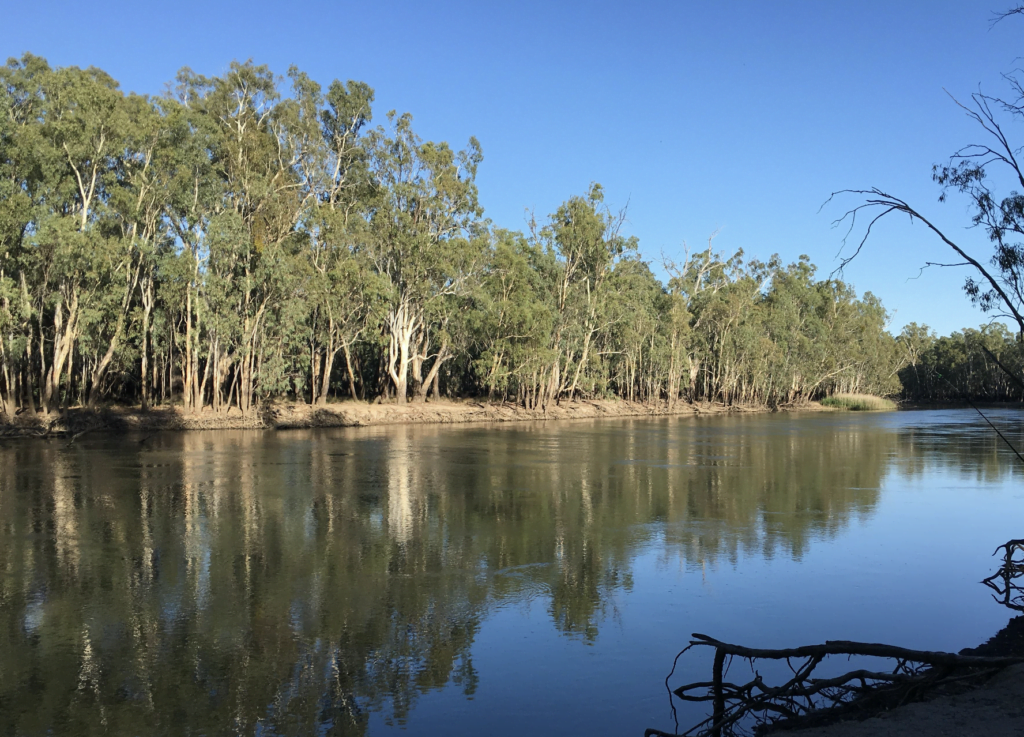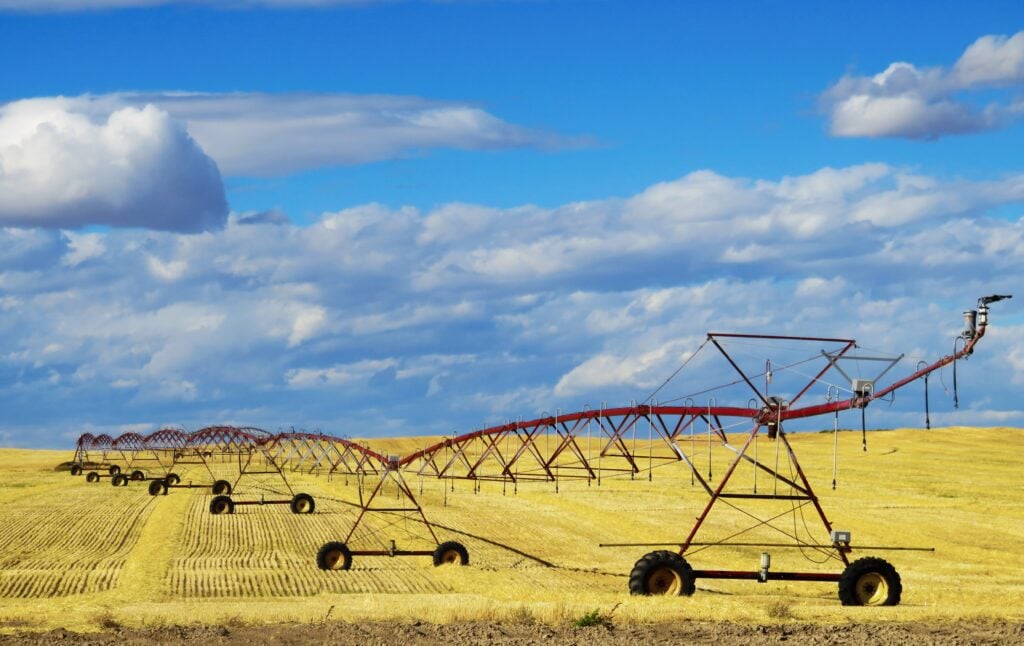It is clear that government policy is being made on-the-run, and against the evidence of scientists and its own departmental experts. It is equally clear that our understanding of the Murray-Darling Basin needs to be dramatically improved if we’re to start making good policy decisions.

Ending buybacks is not backed by science or value for money.
Small-scale irrigators and the environment are the losers.
Steve Baty, Democrats Regional and Rural campaigner
We call on the Government to commission an audit of the Murray-Darling Basin to gain a more accurate picture of the water in the system, and its uses, before making further policy changes; to use water buy-backs to provide environmental flows to the Basin; and to engage with the impacted communities, business and environmental stakeholders to chart a new Murray-Darling Basin Plan based on evidence, modelling and advice provided by experts.
On September 4th, the Federal Government stopped water buy-backs with Water Minister, Keith Pitt, announcing a shift in policy towards infrastructure instead and a range of social and economic measures for the Basin communities, however, concern lies in the policy shift towards off-farm infrastructure and the potential impact on the environment.
The announcement followed the release of an investigation by the Wentworth Group of Concerned Scientists which found that the observed flows across the Basin have been 20% less than forecast over the past seven years, representing 2 trillion litres of ‘lost’ water.
The Australian Bureau of Agricultural and Resource Economics and Sciences released research indicating that infrastructure improvements have had the effect of pushing up water prices more than did water buy-backs.
The government has chosen a route not backed by evidence, and which will deliver a bad deal to taxpayers and the environment.
Quentin Grafton, Director of the Centre for Water Economics, Environment and Policy at the Crawford School of Public Policy at ANU
Paddy Manning, writing in The Monthly, called for a Royal Commission into the Murray-Darling Basin following two separate Four Corners investigations, which exposed water theft and questionable grants to irrigators for water-efficiency upgrades; and the recent “watergate” scandal involving Energy Minister Angus Taylor and Nationals MP, Barnaby Joyce.
Managing the competing demands on the Basin from agriculture, human habitation, and the environment saw the creation of the Murray-Darling Basin Authority in 2012 – and the MDBA has been mired in controversy ever since. This position has become more difficult as the effects of climate change have increased climate variability – rainfall patterns, extreme weather events, and temperatures. As a result, the Climate Council warns,
Agricultural production in the Basin is forecast to drop by as much as 50% by 2050
We cannot allow a complex region like the Murray-Darling Basin be managed on the basis of gut-feel and the politics of the day. We need evidence-based policy from the Government with a view to the long-term sustainability of the system for all Australians.
The Murray-Darling Basin stretches some 3,000km from the south-east of Queensland, through NSW, ACT and Victoria, to the mouth of the Murray River in South Australia. It is comprised of six of the seven longest rivers in Australia, and is home to a complex ecosystem of wetlands, plants and animals, towns, and agriculture.
Since the 1890s the Murray-Darling Basin has seen increased pressure from irrigation agriculture accounting for 66% of Australia’s total area irrigated in 2014-15, producing around $7.1bn of the $19.4bn of agricultural production in the region. According to the Murray-Darling Basin Authority, local agriculture produces:
- 100% of Australia’s rice
- 80% of Australia’s grapes
- 94% of Australia’s cotton
- 96% of Australia’s oranges
- 28% of Australia’s dairy
Human habitation within the Basin stretches back over 40,000 years and includes some of the oldest evidence of human habitation outside of Africa, including the heritage-listed fish traps in Brewarrina – Baiame’s Ngunnhu – which may be the oldest example of fish-farming anywhere in the world.
Photo top: Peter Gonzales, Unsplash

